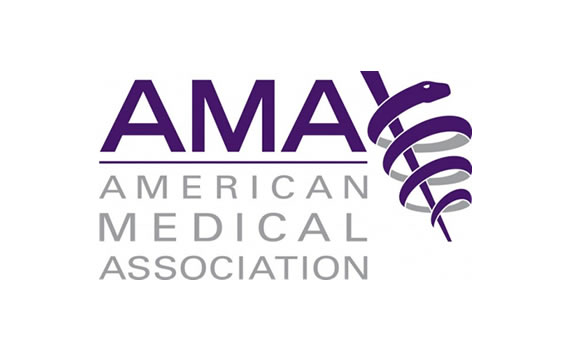As the opioid epidemic continues to sweep throughout America, there is an ever-greater number of drug-dependent newborns being reported in rural areas which are straining hospital neonatal units and draining precious medical resources.
This problem has rapidly grown and shows no signs of reduction. Researchers have reported and published their study in JAMA Pediatrics, which concludes that the increase in drug-dependent newborns has been disproportionately larger in rural areas.
From 2004 to 2013, the proportion of newborns born dependent on drugs increased nearly sevenfold in hospitals in rural counties, to 7.5 per 1,000 from 1.2 per 1,000. By contrast, the uptick among urban infants was nearly fourfold, to 4.8 per 1,000 from 1.4 per 1,000. Researchers concluded that these rising rates are due largely to the widening use of opioids among pregnant women.
“The problem is accelerating in rural areas to a greater degree than in urban areas,” said Dr. Veeral Tolia, a neonatologist who works at Baylor University Medical Center in Dallas and was not involved in the new report.
Some neonatal intensive care units, called NICUs, now devote 10 percent of their hours to caring for infants who have withdrawal symptoms.
Hospitals in the eye of this storm are commonly under resourced, experts said.
Using data from 2012 and 2013, a recent federal study found states like West Virginia, Maine and Vermont had particularly high rates of what is known as neonatal abstinence syndrome. It includes such symptoms as irritability, breathing problems, seizures and difficulties taking a bottle or being breast-fed.
Babies may be born with symptoms of withdrawal from any number of drugs, including certain antidepressants or barbiturates, after prolonged use by their mothers during pregnancy. But the new report found that rates of infant drug dependency are rising in tandem with maternal opioid use in particular.
Doctors frequently prescribe opioids to mothers-to-be to treat back pain or abdominal pain. Nearly 42 percent of pregnant women in Utah on Medicaid were prescribed opioids, and roughly 35 percent in Idaho, a 2014 study found.
Maternal opioid use was nearly 70 percent higher in rural counties than urban ones, the new report found.
Last year, a study published in The New England Journal of Medicine found that neonatal intensive care units nationwide that used to spend less than 1 percent of their days caring for these infants now must devote 4 percent of their staff hours to the task.
For many, the logistics can be difficult. Methadone, a drug commonly used in treatment programs, must be distributed at a clinic every day, which is “very challenging if you’re talking about a rural community where there isn’t much local health care,” Dr. Tolia said.
Pregnant women may also be treated with buprenorphine, available at certain pharmacies. In theory, Dr. Tolia said, it could be more easily distributed to rural areas.
“Our solutions need to be focused on where the disease is happening in communities,” he said. Once a baby arrives in a neonatal intensive care unit, “it’s too late.”
In July, President Obama signed into law the Comprehensive Addiction and Recovery Act, or CARA. It stipulated that federal officials should give priority to funding programs in rural areas to improve treatment for pregnant women.
Accredited Drug Testing offers Limit of Detection testing which varies from the standard in toxicology testing is to utilize cut-off levels. Limit of Detection means reporting any detectable amount of drug. A test can be performed using Limit of Detection by contacting our corporate office at 800-221-4291.




 House Republicans are making some major headway in their quest to allow states to
House Republicans are making some major headway in their quest to allow states to 




 FMCSA reduced the required drug testing rate in 2016 from 50% to the current 25% of random drug testing for all ‘Safety Sensitive” regulated employees following years of tests yielding positive results at less than 1 percent.
FMCSA reduced the required drug testing rate in 2016 from 50% to the current 25% of random drug testing for all ‘Safety Sensitive” regulated employees following years of tests yielding positive results at less than 1 percent.